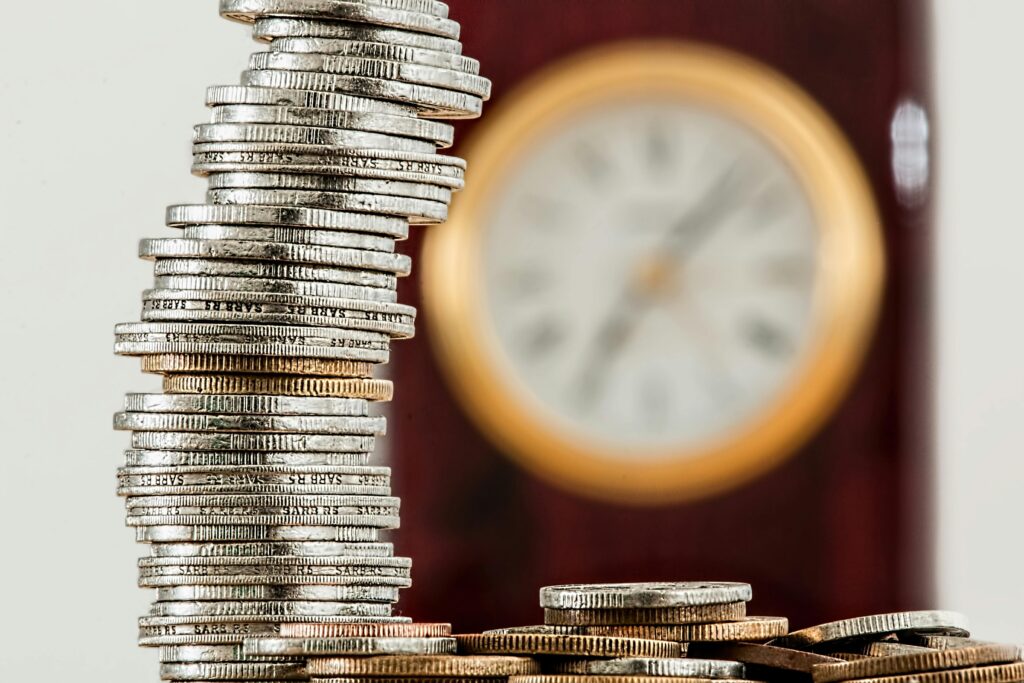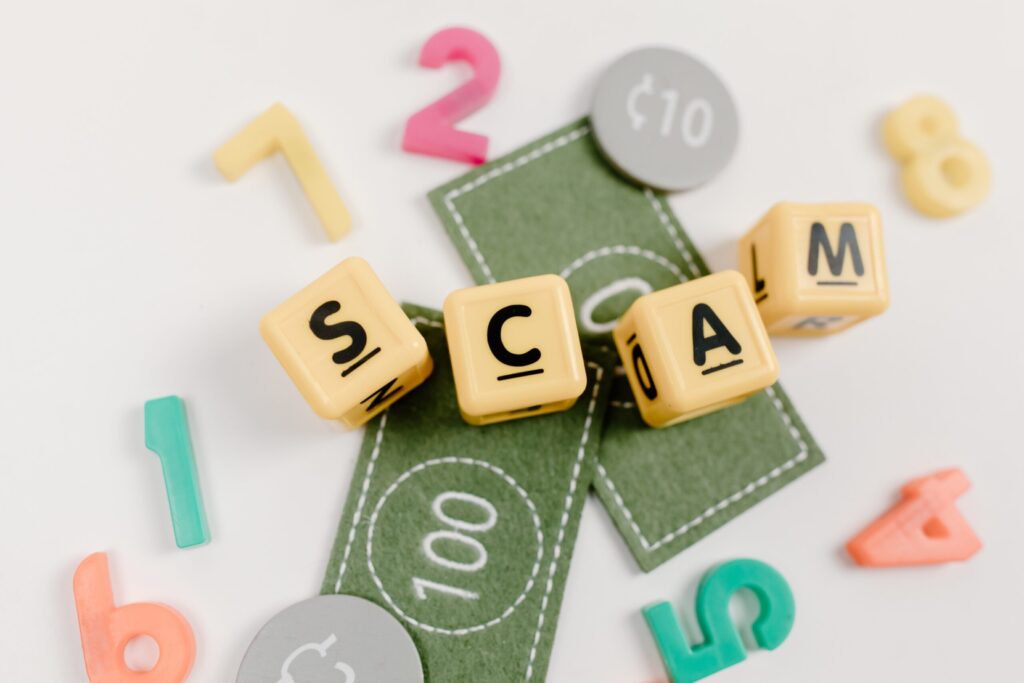Building an emergency fund can feel challenging when you’re on a tight budget, but even small, consistent savings can make a big difference over time. An emergency fund acts as a financial safety net for unexpected expenses like medical bills, car repairs, or job loss. Here’s a practical, step-by-step guide to help you start building an emergency fund, even with limited income.
1. Set a Realistic Goal
Begin by setting an achievable goal based on your situation. Instead of focusing on the standard “three to six months’ worth of expenses,” start smaller. Aim to save $500 to $1,000 initially—this amount is often enough to cover minor emergencies and gives you a manageable target to reach.
2. Automate Your Savings
Automating your savings removes the need for self-discipline. Set up an automatic transfer to a dedicated savings account each payday. Even if it’s just $5 or $10, consistency is key. Over time, these small deposits add up without you having to think about it.
3. Start Small but Consistent
Saving small amounts consistently is better than not saving at all. Begin with an amount you’re comfortable with, even if it’s just $5 per week. Once you build the habit, look for ways to gradually increase your contributions as your income allows.
4. Use Cash Windfalls Wisely
When you receive any unexpected cash, like a tax refund, bonus, or gift, put a portion of it into your emergency fund. Using even half of these windfalls for savings can give your fund a quick boost without affecting your regular budget.
5. Cut Small, Non-Essential Expenses
Identify small expenses that aren’t essential and see where you can cut back. Common areas for saving include:
- Subscriptions: Cancel any unused streaming services or memberships.
- Coffee or Snacks: Brew coffee at home or pack your own snacks.
- Eating Out: Limit takeout and prioritize cooking at home.
Every small amount you cut can be redirected to your emergency fund.
6. Use Cash-Back Apps and Rewards
Apps like Rakuten, Honey, and Ibotta offer cash-back rewards on everyday purchases. Over time, these small cash-backs can add up. Consider transferring the earnings you get from these apps directly into your emergency fund for an easy boost.
7. Try a “No-Spend” Challenge
A “no-spend” challenge can help you save quickly by temporarily pausing discretionary spending. Set a goal to go a week or a month spending only on essentials like rent, groceries, and bills. Then, transfer the money you would have spent into your emergency fund.
8. Earn Extra Income with Side Gigs
If time and circumstances allow, consider taking on a small side job to accelerate your savings. Popular low-commitment side gigs include freelancing, dog walking, tutoring, or gig economy jobs like food delivery. Commit any income from side gigs directly to your emergency fund to reach your savings goal faster.
9. Save Any Spare Change
Apps like Acorns and Qapital can help you save by rounding up your purchases to the nearest dollar and transferring the spare change into savings. Alternatively, you can keep a physical change jar and deposit it into your emergency fund once it fills up.
10. Reduce Debt Payments Temporarily
If you have high-interest debt, prioritize paying it down, but if you’re on low-interest payment plans, consider temporarily reducing these payments to build your emergency fund. Having some savings available can actually help you avoid accumulating more debt when an emergency arises.
11. Set Up Separate, “Out-of-Sight” Savings
Keep your emergency fund in a separate account that’s out of sight and less tempting to spend. Consider an online savings account that requires a transfer process, so the funds aren’t as accessible for impulsive spending.
12. Celebrate Small Milestones
Every milestone is a win. Celebrate when you reach mini-goals, like saving your first $100 or $500. Acknowledging progress can keep you motivated and focused on your next target.
Final Thoughts
Building an emergency fund on a low income is challenging, but with careful planning and consistent habits, it’s possible. Start small, automate savings where you can, and look for creative ways to boost your fund. Having even a modest emergency fund provides peace of mind, knowing that you’re taking steps toward financial security and independence.


